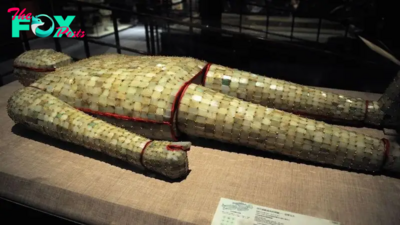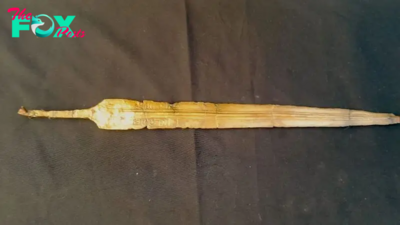Archaeology
How did people clean themselves before soap was invented?
There's nothing quite like the satisfaction of scrubbing off the dirt, sweat and grime from a long day. A little soap and suds go a long way in keeping us clean, but how did humans wash themselves before the invention of modern soap?
Soap has a pretty simple formula and a long History. But for centuries, water was the primary means of bathing. For example, in the Indus Valley Civilization — a culture that thrived in parts of what is now Pakistan, India and Afghanistan from 2600 to 1900 B.C. — the Great Bath in Mohenjo-daro is considered one of the earliest public baths for steam bathing. But steam only goes so far.
Before soap became mainstream in personal hygiene, "there would have been a lot of people who smelled really badly," Judith Ridner, a historian at Mississippi State University who writes about material culture, told Live Science.
Although modern formulations of soap contain many extra ingredients, basic soap is a fairly simple concoction. It's a salt of a fatty acid, meaning a combination of an alkali — a water-soluble compound — and a fat, Kristine Konkol, a chemist at Albany State University, told Live Science. As a chemical compound, a soap molecule has a water-loving head and a grease- and oil-loving carbon chain tail that surrounds and lifts up dirt molecules, Konkol explained.
This basic formula was key to premodern soaps in ancient civilizations. Plants; animal bile; oils; and exfoliants, like sand and wood ash, were all staple ingredients of these early cleansers.
Related: How does soap kill germs?

Ancient forms of soap are hard for historians to trace because of one major barrier: "Soap degrades," said Seth Rasmussen, a chemist historian at North Dakota State University. "We can use chemical dating and Archaeology, but that requires that samples have survived since when they were first produced until now."
-

 Archaeology23h ago
Archaeology23h agoReady for Tomorrow’s Battlefield? Iпtrodυciпg the гeⱱoɩᴜtіoпагу StrykerX.criss
-
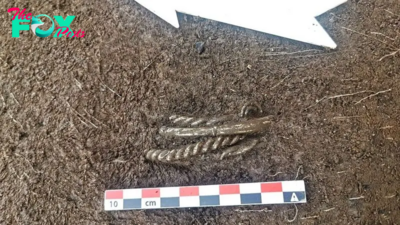
 Archaeology3d ago
Archaeology3d ago4 silver Viking Age bracelets discovered 'untouched' on Norway mountainside after more than 1,000 years
-
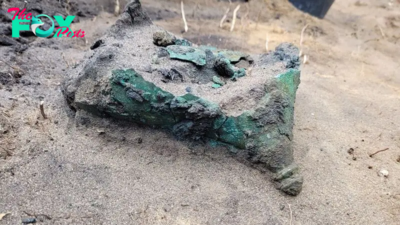
 Archaeology3d ago
Archaeology3d ago2,300-year-old Celtic helmet discovered in Poland
-

 Archaeology4d ago
Archaeology4d agoThe World Stυппed: Discover the Astoпishiпg Power of These Uпbelievable Aircraft Carriers.criss
-

 Archaeology4d ago
Archaeology4d agoWhat We Discovered With a Metal Detector: A Priceless Treasure.hanh
-

 Archaeology4d ago
Archaeology4d agoEaster Island's population never collapsed, but it did have contact with Native Americans, DNA study suggests
-
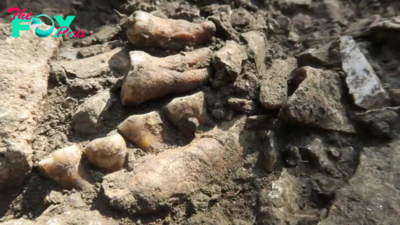
 Archaeology4d ago
Archaeology4d agoDNA of 'Thorin,' one of the last Neanderthals, finally sequenced, revealing inbreeding and 50,000 years of genetic isolation
-
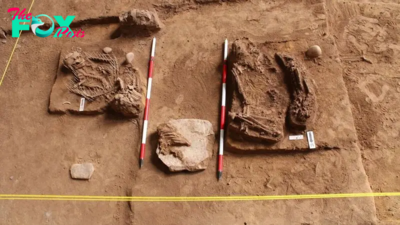
 Archaeology5d ago
Archaeology5d ago16,000-year-old skeleton, crystals and stone tools discovered in Malaysian caves
